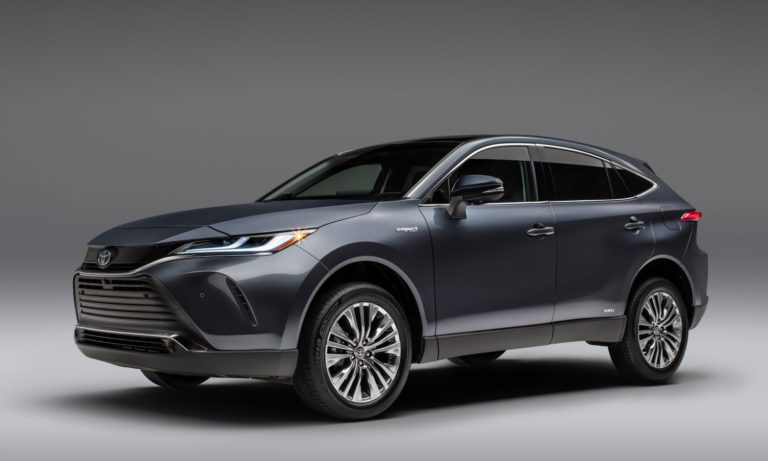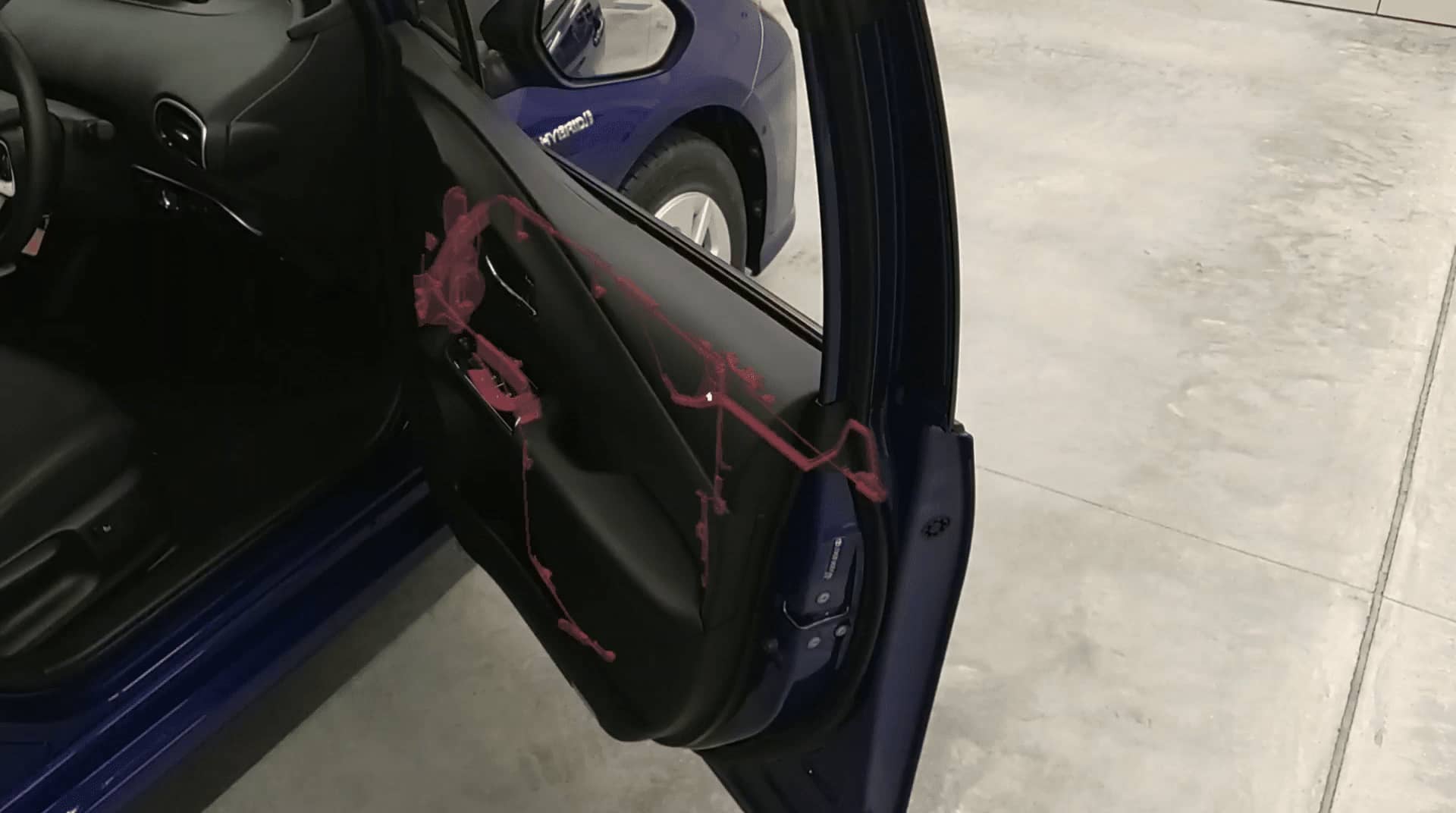
T
hough we spend ample time examining consumer-based AR endpoints, greater near-term impact is seen today in the enterprise. This takes many forms including camera commerce and collaboration. But the greatest area of enterprise AR impact today is in industrial settings.
This includes AR visualization to support assembly and maintenance. The idea is that AR’s line-of-sight orientation can guide front-line workers. Compared to the “mental mapping” they must do with 2D instructions, line-of-sight support makes them more effective.
This effectiveness results from AR-guided speed, accuracy and safety. These micro efficiencies add up to worthwhile bottom-line impact when deployed at scale. Macro benefits include lessening job strain and the “skills gap,” which can preserve institutional knowledge.
But how is this materializing today and who’s realizing the above enterprise AR benefits? Our research arm ARtillery Intelligence tackled these questions in its report: Enterprise AR: Best Practices & Case Studies, which we’ve excerpted below, featuring Toyota’s AR deployment.*
Enterprise AR: Best Practices & Case Studies, Volume 1
Driving Continuous Improvement
One of the core principles of Toyota Motor Corporation is Kaizen, which translates in English to continuous improvement. In production equipment and work procedures, Kaizen seeks to drive maximum quality, efficiency gains, and eliminate waste.
Toyota leans on various technologies to deliver these improvements, which is why the automaker was an early adopter of 3D data and AR-guided processes. This includes digital engineering, assembly and several other stages of the automotive lifecycle.
Unpacking that a bit, Toyota’s virtual pipeline starts by importing vehicle data into Unity using Pixyz. This process quickly converts Toyota’s large computer-aided design (CAD) assemblies into lightweight content suitable for real-time 3D.
The company then develops custom applications and deploys them to various platforms. That can include training sessions in VR, creating realistic car configurators for its luxury Lexus brand, or condensing inspection workflows from days to hours with HoloLens 2.

Attack from All Sides
Drilling down, here are some of the many ways Toyota is saving time, reducing costs and driving efficiencies with mixed reality.
Enabling remote assistance in field service
As a global company, Toyota needs to connect field support engineers and experts across various locations. This presents numerous challenges and hinders effective collaboration and training.
With HoloLens 2 and Dynamics 365 Remote Assist (Microsoft’s mixed reality distance collaboration tool) two or more participants can share the same view, communicate, and collaborate wherever they are. This allows remote staff to inspect work, educate, and train field engineers, while saving considerable time and money, and improving overall results.
Improving design reviews for CFD analysis
Computational fluid dynamics is a critical but arduous step in the automotive lifecycle. It involves testing things like aerodynamics and how an automobile channels liquid such as rainfall. This is another place that Toyota integrated Hololens 2 into its workflows.
Equipped with the device, technicians can navigate around a stationary vehicle to simulate and analyze how its design affects aerodynamics. Using multiple HoloLens 2s, they can share views to better communicate and collaborate during the review process.
Increasing understanding of vehicle functionality
Once a vehicle is assembled, it’s challenging to explain the functionality of mechanisms that are out of view. This is made more difficult when the function requires the vehicle to be in motion.
Using HoloLens 2, that motion state can be simulated. Users can move around and inspect the inner workings of a “moving” vehicle – making a task that was once impossible not only doable, but easy and safe.

Reducing mistakes in field service
Proper electrical wiring configuration is crucial for ensuring that vehicles operate as intended. In a finished vehicle, however, inspection of connector positions and pin assignments is a sizable challenge.
Instead of relying on 2D diagrams, Toyota’s team now has the ability to visualize the entire three-dimensional electrical wiring diagram inside the engine, doors, dashboard, or any other part of the car.
This allows Toyota’s field service engineers to gain contextual understanding and to visualize the location of the wiring systems without the labor and time needed to remove physical parts.
Making it easier and faster to create field- guidance applications
Step-by-step tutorials are critical for service engineers to make repairs effectively. But creating these manuals is time- and resource-intensive. In the past, a digital version of a work procedure app would take up to ten days and require an onsite computer graphics engineer.
With Dynamics 365 Guides (Microsoft’s virtual training, performance and instruction software) the same task now takes 90 percent less time – just one day. This automated process allows anyone with basic training to create necessary applications through detailed instructions and guidance, freeing up programmers to focus on other tasks.

Reducing human error during inspections
The possibility of human error is always present, even among expert technicians. Simple errors such as a loose coolant cap carry consequences if not detected and corrected immediately.
With the help of machine learning, digital models, and HoloLens 2, Toyota engineers are given guidance to recognize and remedy inconsistencies that are easily missed by ordinary inspection.
To do this, Toyota creates 3D models of the vehicle and the body parts under the hood. It can then vary the model’s position in 3D space, and automatically capture a large volume of labeled images to train its machine learning models.
By comparison, previous processes involved training machine learning models on Microsoft Azure to recognize mistakes. To build that training set, Toyota’s team needed to take 20,000 photos and spend 200 hours annotating the photos manually.
The end result in switching to an AR-based approach was reducing this time to 30 minutes – a 400x speed improvement. And there was notably no reduction in accuracy or quality. For Toyota, this kind of time and cost savings is an ideal example of Kaizen in action.
*This report excerpt features guest authorship from Unity’s Nick Davis.

